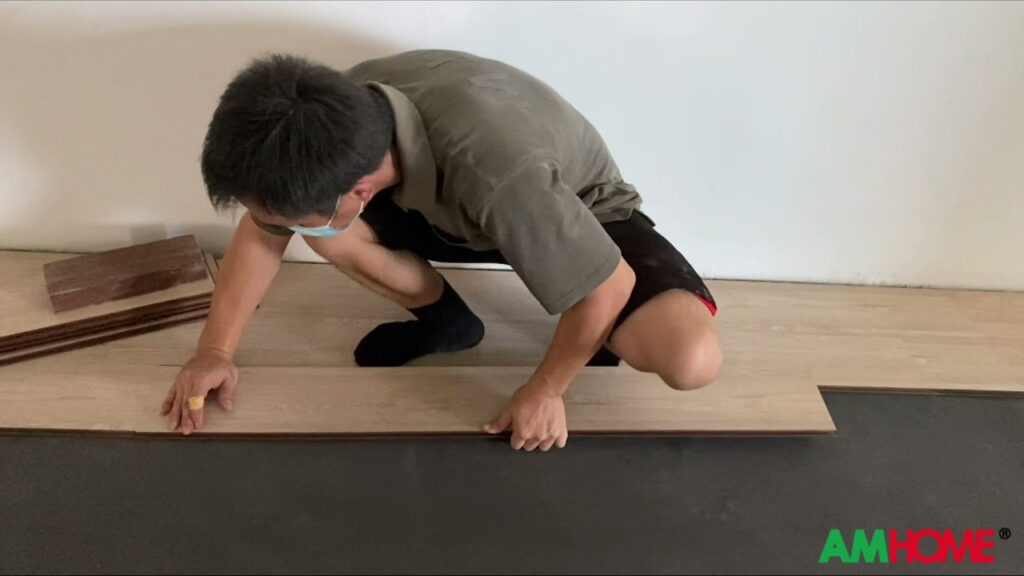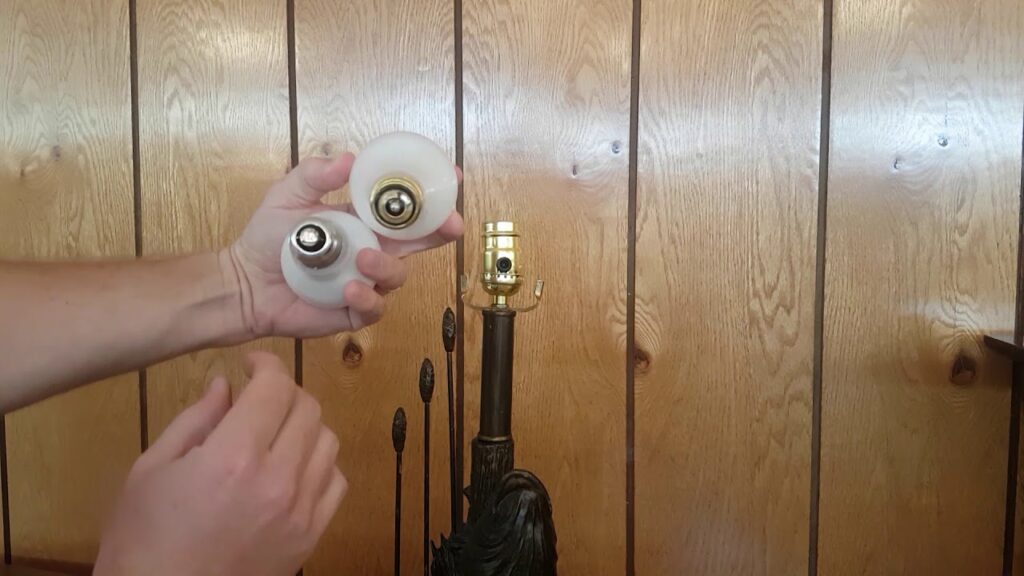Understanding the Purpose of Wallpaper Primer
Applying wallpaper primer is an essential step in preparing walls for wallpaper installation. The primary purpose of wallpaper primer is to create a smooth and even surface for the wallpaper to adhere to. It helps to seal and protect the wall, ensuring that the wallpaper adhesive sticks properly and prevents the wallpaper from peeling or bubbling.
One of the key benefits of using wallpaper primer is that it can help to hide imperfections and flaws in the wall surface, such as small dents, bumps, or minor cracks. By creating a uniform base, primer ensures that the wallpaper’s pattern and color appear more vibrant and consistent once applied.
Furthermore, wallpaper primer promotes better adhesion, which can extend the lifespan of the wallpaper. The primer seals the wall’s surface, preventing moisture and other environmental factors from affecting the wallpaper’s integrity. This not only helps the wallpaper to last longer but also makes it easier to remove when it’s time for a change.
In summary, wallpaper primer serves the critical function of preparing and protecting the wall surface before applying wallpaper. It helps to create a smooth, even, and durable foundation that enhances the overall look and longevity of the wallpaper installation.
When Should You Use Wallpaper Primer?
Benefits of Using Wallpaper Primer
- Before Applying Wallpaper: When the surface is uneven or has imperfections, using wallpaper primer can help create a smooth base for the wallpaper to adhere to, preventing the appearance of bumps or bubbles.
- To Enhance Adhesion: If you are applying wallpaper to a surface with high or uneven absorption, using wallpaper primer can help the wallpaper adhere more evenly, reducing the risk of peeling or lifting over time.
- Mold and Mildew Prevention: In moisture-prone areas like bathrooms or kitchens, using wallpaper primer with mold and mildew-resistant properties can help protect the wallpaper and underlying surface.
When to Skip Wallpaper Primer
- Smooth Surfaces: If you are applying wallpaper to a smooth, well-prepared surface, you may not need to use wallpaper primer as the wallpaper adhesive can bond directly to the surface.
- Pre-Pasted Wallpaper: Some pre-pasted wallpapers are designed to be applied without the need for primer. Always refer to the manufacturer’s instructions before deciding whether to use primer.
The Benefits of Using Wallpaper Primer
Using wallpaper primer before hanging wallpaper can significantly enhance the overall look and longevity of the finished project. Here are some key benefits of using wallpaper primer:
1. Improved Adhesion
By applying wallpaper primer to the surface prior to hanging wallpaper, you create a smooth and uniform base for the wallpaper adhesive to bond with. This enhances the adhesion of the wallpaper, preventing it from peeling or lifting over time.
2. Smooth Surface
Applying wallpaper primer helps to even out any imperfections on the wall surface, providing a smooth and uniform base for the wallpaper. This ensures that the wallpaper will adhere evenly and create a flawless finish.
3. Easier Removal
In addition to providing a better surface for installation, wallpaper primer can make removing the wallpaper easier in the future. It helps the wallpaper to release from the wall more cleanly, minimizing the damage to the underlying surface.
Overall, using wallpaper primer offers multiple benefits that contribute to a successful and long-lasting wallpaper installation. Whether you are a DIY enthusiast or a professional, incorporating wallpaper primer into your project can make a significant difference in the final result.
Considerations for Skipping Wallpaper Primer
When it comes to wallpaper installation, skipping the primer may seem like a time-saving shortcut. However, there are important considerations to keep in mind before deciding to forgo this crucial step. Firstly, primer helps to create a smooth and stable surface for the wallpaper to adhere to. Without primer, the wallpaper may not adhere properly, leading to bubbling, peeling, or an uneven finish.
Additionally, primer acts as a barrier, preventing the wallpaper adhesive from being absorbed too quickly into the wall surface. This helps to ensure a stronger bond and can make it easier to remove the wallpaper in the future. Furthermore, using a primer can enhance the overall appearance of the wallpaper by providing a consistent base for the colors and patterns to fully come to life.
Ultimately, while it may be tempting to skip the primer step, taking the time to properly prepare the wall surface can greatly impact the success and longevity of the wallpaper installation. Investing in a high-quality primer can save time and frustration in the long run, ensuring a beautiful and durable end result for your space.
Conclusion: Making the Right Choice for Your Wallpaper Project
When it comes to selecting the perfect wallpaper for your project, it’s essential to consider both your personal preferences and the practical aspects of the space. Finding the right balance between aesthetics and functionality is crucial for achieving a successful outcome. By carefully assessing the various options available, you can ensure that your chosen wallpaper not only enhances the visual appeal of the room but also serves its intended purpose effectively.
One key factor to consider is the material of the wallpaper. Whether you opt for vinyl, fabric, or paper-based wallpapers, each type has its unique features and benefits. Understanding the characteristics of these materials will enable you to make an informed decision that aligns with your project requirements. Additionally, paying attention to factors such as durability and maintenance can help you choose a wallpaper that will withstand the test of time while remaining easy to upkeep.
Furthermore, the design and pattern of the wallpaper play a significant role in shaping the ambiance of the space. From timeless classics to trendy modern motifs, the options are diverse and cater to various aesthetic preferences. It’s important to select a design that not only reflects your personal style but also complements the existing decor and furniture in the room. By doing so, you can create a cohesive and visually appealing environment that captures the essence of your vision.
Ultimately, making the right choice for your wallpaper project involves a comprehensive evaluation of your needs, preferences, and the dynamics of the space. Taking the time to explore the available options and considering the practical aspects will lead to a selection that enhances the overall appeal and functionality of the room, resulting in a successful and satisfying outcome.


